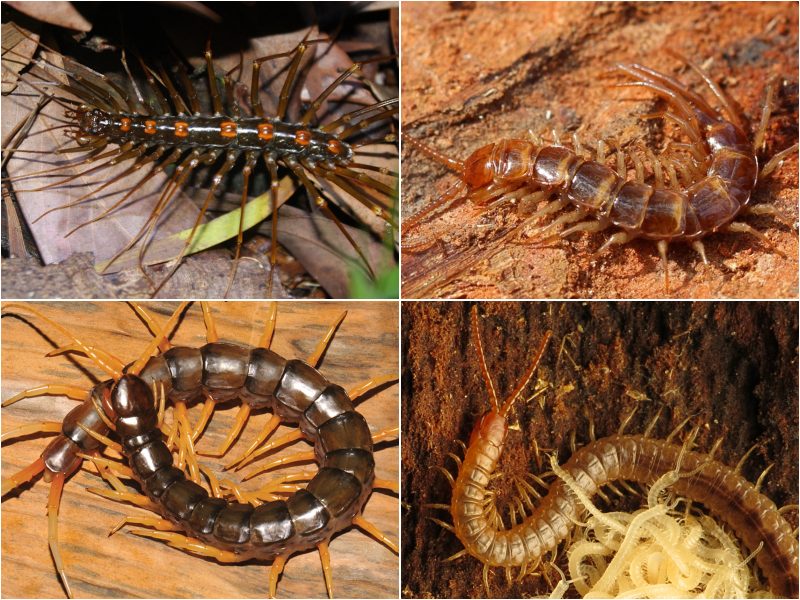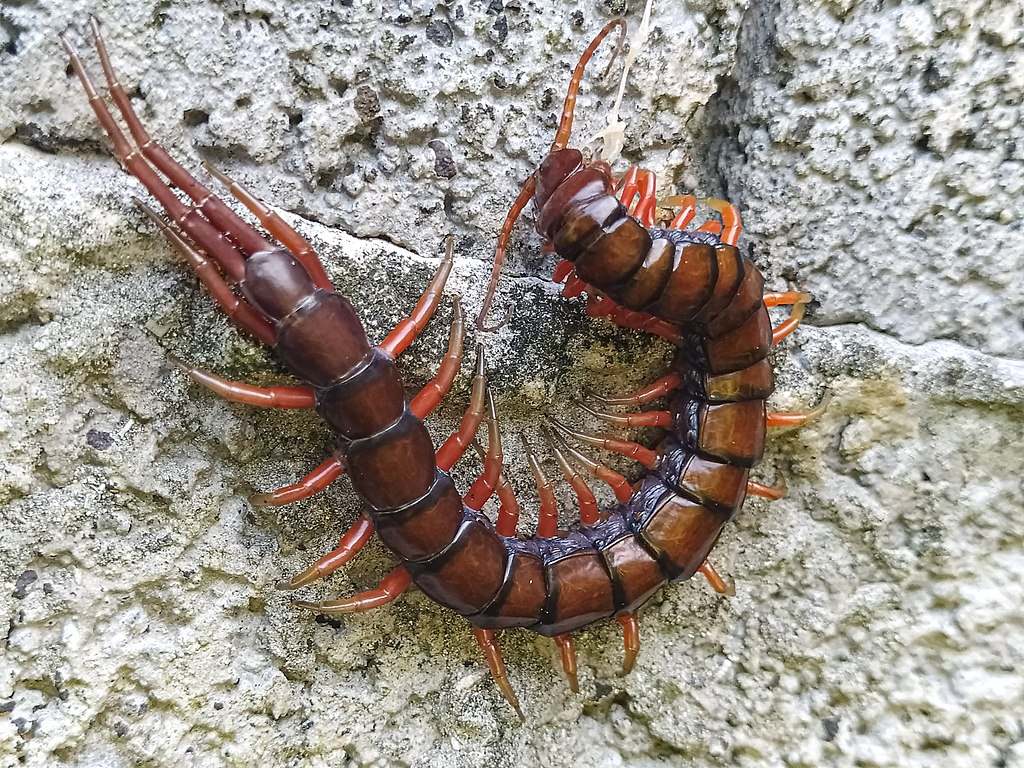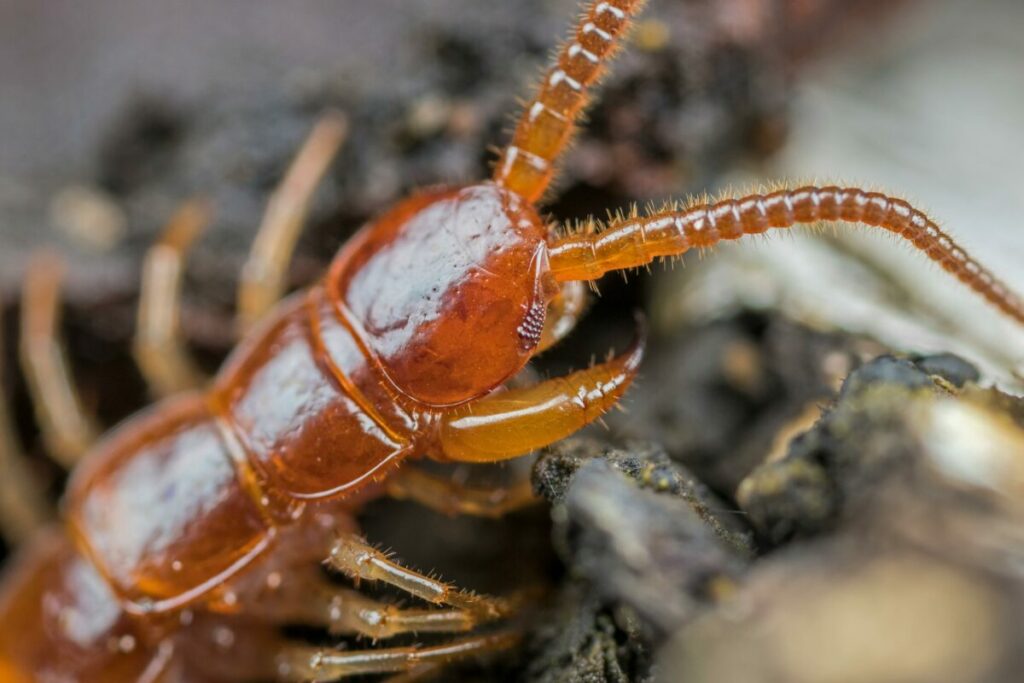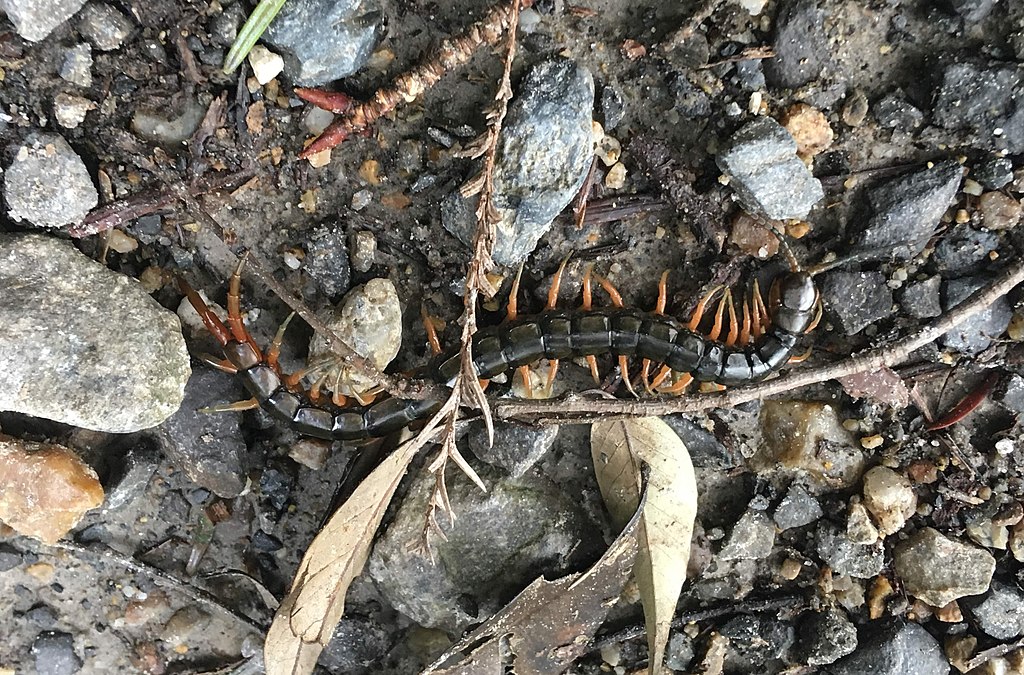Curious about the world of multi-legged creatures? Want a closer look at their way of life? You’ve come to the right place! Let’s dive into the world of centipedes, and explore some enveloping and enlightening facts about these often misunderstood beings.
Centipede Family Tree – Delving Deep into Classification

Centipedes form an interesting part of the animal kingdom. Embedded in the Arthropoda phylum, they fall under the Myriapoda subphylum and the Chilopoda class. Interestingly, this class spreads across 5 orders and approximately 14 families. Contrary to popular belief, they’re not insects. Though 3,000 specific species of centipedes have been documented, there are potentially as many as 8,000 species globally.
Centipede Anatomy – Beyond What Meets The Eye
Appearance and Countenance

Now let’s explore some physical centipede facts. Armed with an impressive number of legs ranging from 15 to 181 pairs, centipedes always stand out with an odd number of legs. Their front pair acts as potent pincers, delivering venomous bites. Their segmented bodies housing the trunk and head, can be flat or rounded, donning a spectrum of colours from black to red.
Vision and Sensory Abilities

The placement of eyes in centipedes can differ widely, or they might be absent altogether. Most centipedes have their eyes at the base of their antennae. Some, however, lack eyes and rely on various sensory organs typically found at the antennae or back legs.
Centipede Habits -Decoding Actions and Characteristics

Centipede behavior paints a unique picture. Mostly nocturnal, they find refuge under leaves or debris during daylight hours. They enjoy temperate or tropical climates and dark, damp environments. Despite their carnivorous nature, centipedes are generally not aggressive and prefer to avoid confrontations with larger creatures.
- Nocturnal: Active during the night.
- Geographically Widespread: Found across every continent, except Antarctica.
- Non-Social: Only interact with other centipedes for reproductive purposes.
Here, we debunk the myth that centipede bites are exceedingly poisonous. While their sting can cause considerable discomfort, it’s not typically life-threatening unless the recipient reacts allergically to their venom.
Further Learning
Now that we’ve explored these centipede facts, you might seek to satisfy your curiosity further:
Stay tuned for more fascinating animal facts!